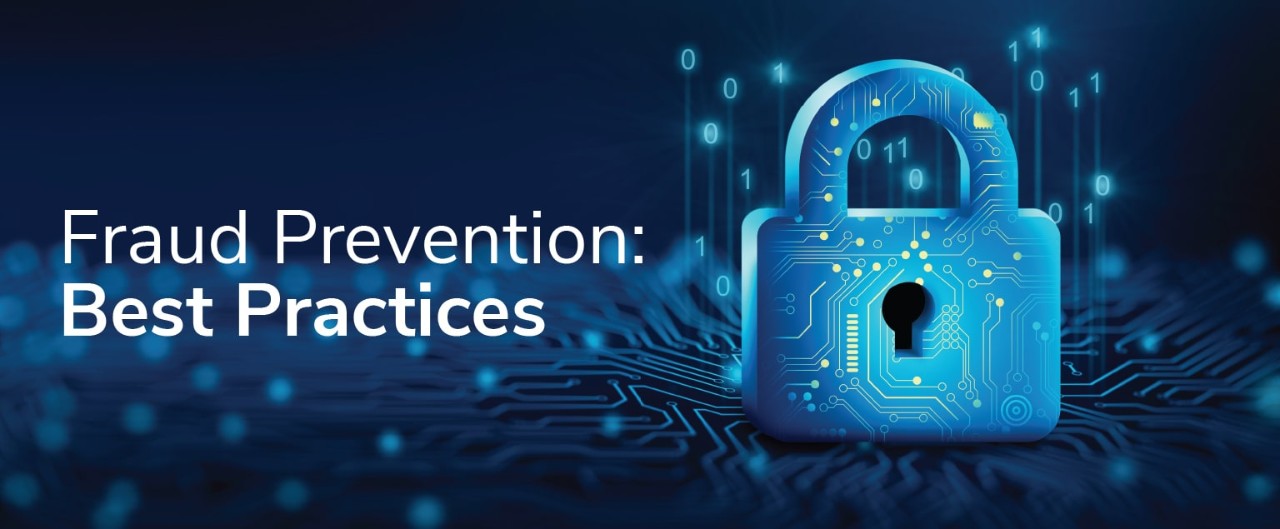

5 Common Sense Ways to Defend Against Fraud
Payment fraud remains a dire threat for large and small businesses. Criminals continually search for weaknesses in fraud detection and prevention practices. That’s why it’s important to take steps to identify fraudulent transactions and protect your accounts from unauthorized activity. Here are five things you can do right now.
1. Build awareness of the threat.
Train employees to be on the lookout for scams. The “Stop, Call, Confirm” technique has proven helpful. Employees are encouraged to stop what they’re doing, question whether the transaction may be a scam, and then use known contact information to validate the change to payment instructions. The additional time it will take to validate the change, may very well save your company hundreds of thousands of dollars.
2. Use fraud protection services/dual-control.
Utilize ACH Debit filters and Check Positive Pay even on low activity accounts. All accounts are vulnerable to fraudsters whatever the account size. By using fraud services, the bank will display what is attempting to clear the account, when there is a discrepancy. This way, you receive a final look for check and ACH payments that may be fraudulent. By utilizing dual-control, you create another layer of protection that makes it harder for the fraudsters to penetrate.
3. Watch for overpayment fraud.
This is when a fraudster claims their payment, mailed to your company’s address, was intended for another vendor or was an overpayment. You refund the overpayment as requested but then learn the check was bad and the full amount you initially deposited days earlier, is now being charged back out of the account. Be especially careful if you don’t know or have experience with a first-time customer. Even a cashier’s check can be fraudulent!
4. Have a data backup plan.
The 3-2-1 strategy is strongly recommended. Create three copies of your critical data. Store them in at least two different storage mediums, for example external hard drives and cloud storage solutions. And ensure that at least one copy is available off-site. Also, be sure to test your backup plan routinely and make sure it’s still effective in an emergency.
5. Control access to external drives.
Protecting USB, DVD and CD drives is critical to your data security. Disable these devices if they’re not essential. If they are needed, implement a combination of software-based restrictions and physical access controls. Commitment to data security can also help ensure regulatory compliance and protect your company’s reputation.